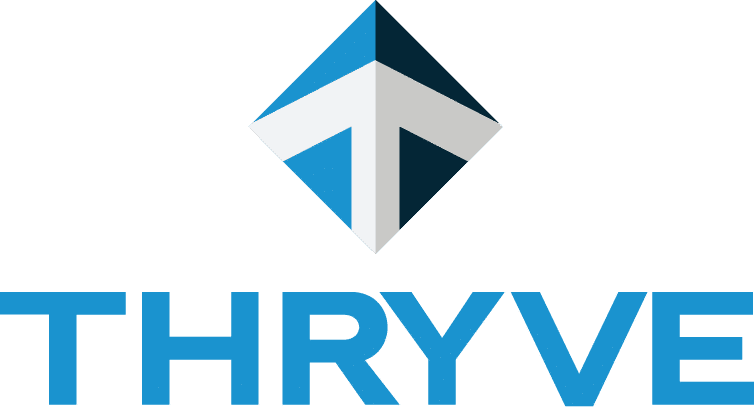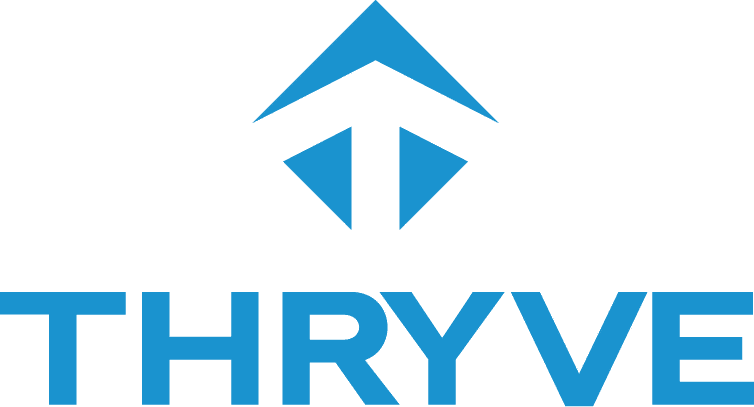Hi,
Welcome to the August 2022 edition of Thryve Tidbits. This month’s tips will help you develop your network, pivot your business to new opportunities and deliver quality on time, every time.
Lessons Learned: Get Out There
The best part of being a small business owner is being pushed to reach past your comfort level. Networking and business development is a prime example. I am a natural introvert. Classic accountant. As the prime new business developer at my firm, I had to take the networking plunge in order for the firm to succeed.
Many young business owners do not see the added value in traditional networking. Technology has replaced the way we connect. In my experience, digital (website, media and content) have been beneficial for credibility and awareness, but the customer purchase decision in many industries is based on the relationship the customer has with the people (owners, client service, salespeople) in the business.
My networking meetings individually or in groups has delivered many great connections. A few have become clients. More often, the people I meet can provide a solution for one of my client’s needs or they refer work to me over time from their network.
Some tips that I learned for networking:
- Focus on how you can help the person you are speaking with
- Ask for other good connections that the person can introduce you to
- Keep trying. You never know what each networking meeting will turn into.
- Be intentional about your networking effort and time. Meet everyone once, but only maintain and grow a mutually beneficial relationship.
Book: Billion Dollar Brand Club by Lawrence Ingrassia

Billion Dollar Brand Club analyzes the business models of the most successful digital native retail brands from the last 20 years. These brands commonly target entry into industries where established incumbents have reputations for high prices and poor customer service. Innovative new entrants benefited from the incumbents inability to pivot their business model.
The brands brought many innovations to the retail space including direct to customer digital sales, subscription model and heavy social media advertising . The brands also reimagined the purpose of brick stores as a data source of customer behavior instead of sales promotion vehicle.
The key lessons of this book for me were:
- Work hard to deepen your understanding of your customer needs through technology and in person interactions.
- Build community for customers
- Provide experience that wows and delights the customer
- Look to build a lifestyle brand instead of a product in order to increase lifetime value of customer
Questions for you to ponder:
- How can you use alternative channels and technology to understand your customer needs and pain points?
- Is your or a related industry stuck with slower incumbents sitting on high prices and poor customer service? Accounting is a prime example of an industry ripe for disruption. Many established accountants use an older service model clinging to outdated technology and minimal contact with their customers. Customers are faced with a disconnect between the cost of the service and value received.
- How can you find peripheral ways to add value around your core service/product? Consider how to convert your brand into a way of life instead of about a particular product.
Technology as a tool: Workflow apps

How many of you started out your business tracking your client deliverables in excel? Excel may be the low cost solution, but using it for your workflow process is not scalable or efficient. There are plenty of new, reasonably priced software apps designed to track your internal jobs and keep your team pushing work out the door.
Workflow software commonly has the following features:
- Create standardized SOPs (standard operating procedures) as templates for each employee to complete the particular task the same way each time
- Schedule or reallocate work amongst team members in real time as capacity and volume changes
- Document notes and comments on particular projects by different team members in one place
- Reports providing visibility on a macro scale on progression status of all projects (ex. Percentage at each stage) or micro scale for particular projects.
- Employee specific to do lists based on scheduled work and due dates
- Automation of updates to status and movement of work to different team members upon completion of project stages
Workflow software comes in all shapes and sizes. Some are broad workflow software applicable to all industries like Clickup or Hive. Others are industry specific with unique features such as construction contractors or law firms.
You may find the initial setup of your processes takes time, but the ongoing time and quality savings more than make up for the initial investment.
Wishing you continued success and growth this month!
Toby Kaye
Founder and CEO, Thryve Group

